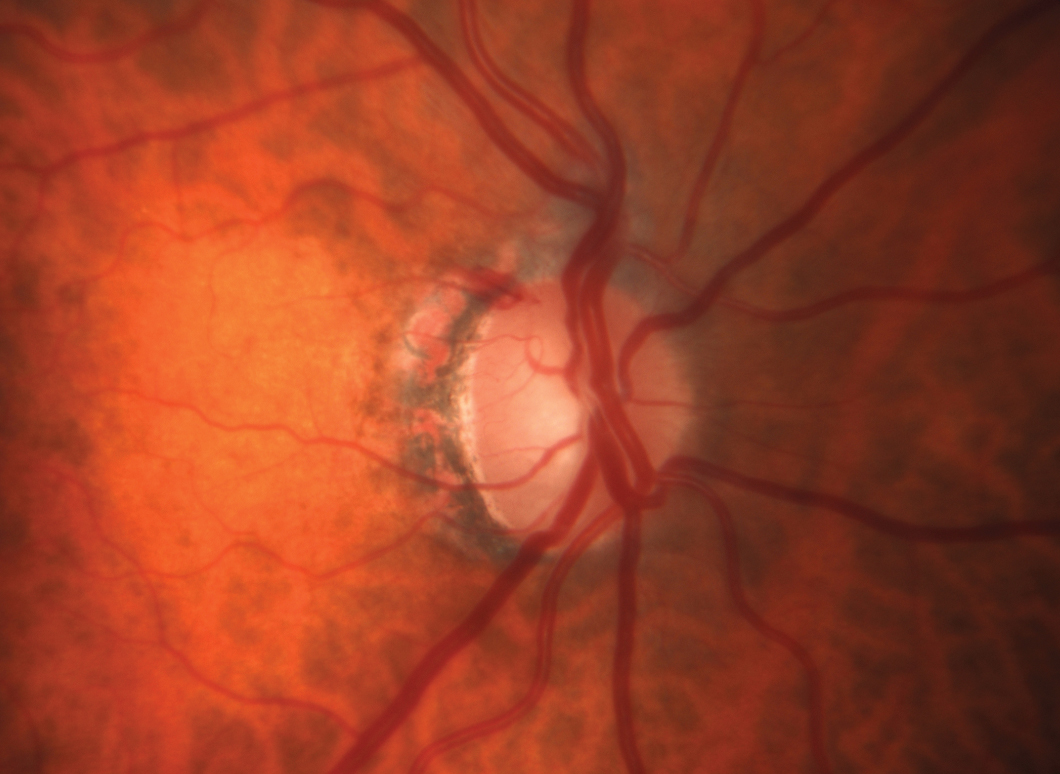 |
| Glaucoma affected response time on a visual attention task in central vision due to a functional slowdown in aging and the loss of contract sensitivity, which predicted the behavioral change on fixation duration. Click image to enlarge. |
To better understand the implication of a potential cognitive change in glaucoma and help improve the follow-up on the impact of the pathology, researchers aimed to evaluate the effect of primary open-angle glaucoma on the visual attention system by recording responses of behavioral and oculomotor strategies. They found that glaucoma affects response time on a visual attention task in central vision. Although this can potentially be explained by slowdown in aging, the researchers point out that the presence of glaucoma “considerably increased the manual response time” as well as overall reaction time, they wrote in their paper for Optometry & Vision Science.
A combination of 20 individuals with primary open-angle glaucoma, 18 age-matched controls and 20 young controls were stimulated in central visual areas considered functionally normal. The procedure consisted of visual (eye-tracking recordings) and manual detection of a target. Participants were tested binocularly between 0° and 5° eccentricity, with visual field sensitivity still within normal limits.
“We observed significant changes in gaze strategy, which suggests that glaucoma participants made specific top-down adjustments during the visual exploration,” the authors explained in the article. “Eyes of glaucoma participants traveled a greater distance on the screen and participants used longer fixations to locate a visual target among distractors. The loss of contrast sensitivity is a relevant clinical factor predicting these behavioral changes.”
Glaucoma participants performed the same as control groups in response accuracy, however, and did not show any difficulty linked with increased number or color of distractors.
“A possible explanation for the lack of difference of response between groups is the absence of temporal constraints in this task because the stimulus disappeared when the target localization was achieved; therefore, the response time could reach a ceiling from the first level of difficulty,” the authors explained. “The different levels of difficulty manipulated in our experiment were too easy and this presents a limit of the study. However, this ceiling response time seems to increase with age and eye disease.”
Glaucoma participants were 404 milliseconds slower to respond than age-matched controls on manual response time (delay between the first fixation on the target and manual response). An aging effect on visual response time (delay between the stimulus presentation and the first fixation on the target windows) was found for both glaucoma participants and age-matched controls in the amount of 56 milliseconds on average, attributed to a functional slowdown in aging.
The open-ended duration of the task seemed to benefit glaucoma patients and limit the impact of increasing the difficulty. No difference in response time was found related to the addition of distractions, the authors added. The response mode and lack of time constraints could be a reason for the lack of differences between these conditions.
“Our study demonstrated that glaucoma participants could visually detect a target among distractors in the same timeframe as age-matched peers if they were stimulated where their visual field sensitivity was still within normal limits,” the authors concluded in the study. “Taking these results together, we cannot consider that people with glaucoma show attentional difficulty to detect targets, but changes in their visual exploration strategy led to global longer delay in manual response.”
Beal L, Garric C, Rouland J-F, et al. Central visual attention in primary open-angle glaucoma. Optom Vis Sci. July 3, 2023. [Epub ahead of print.] |

